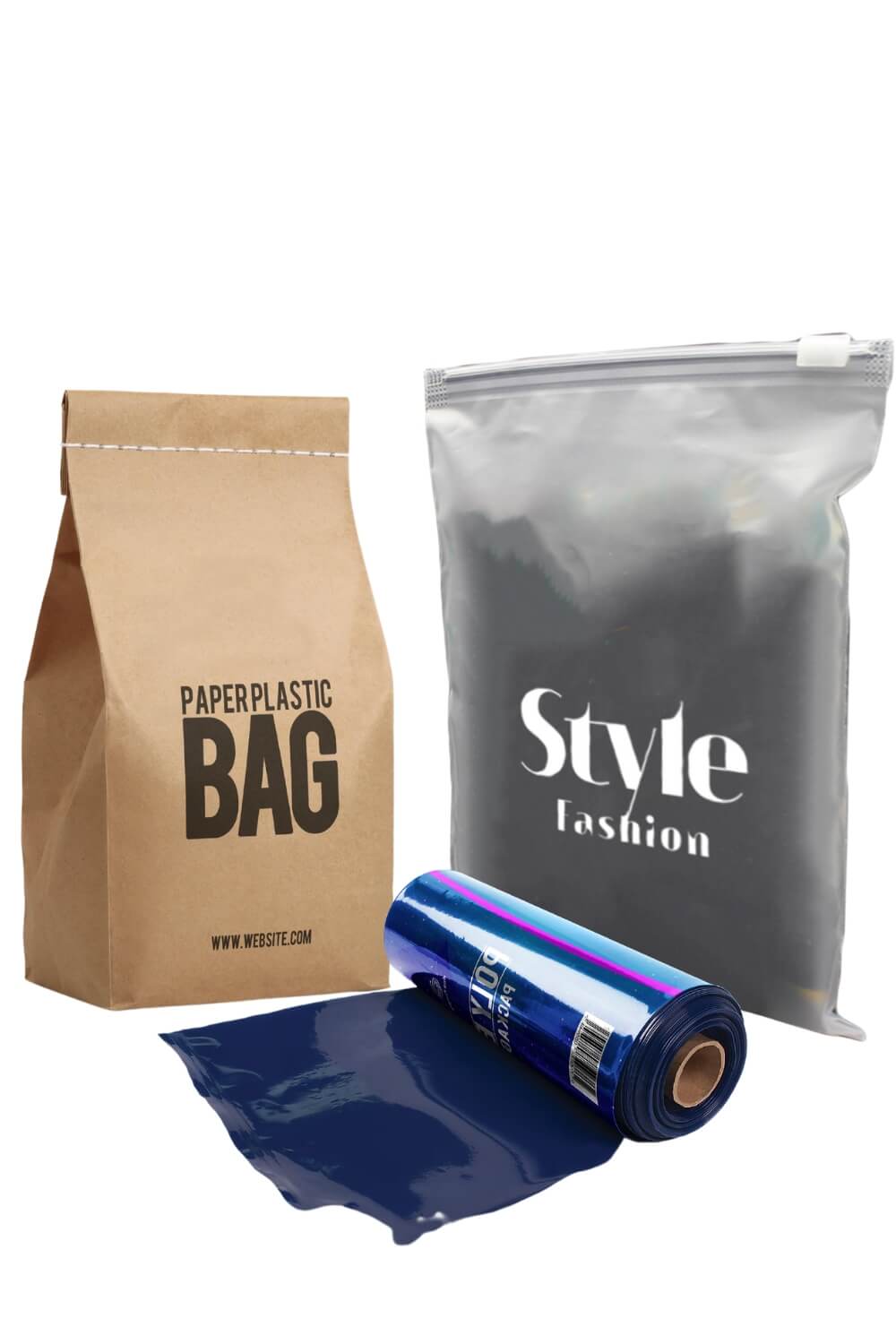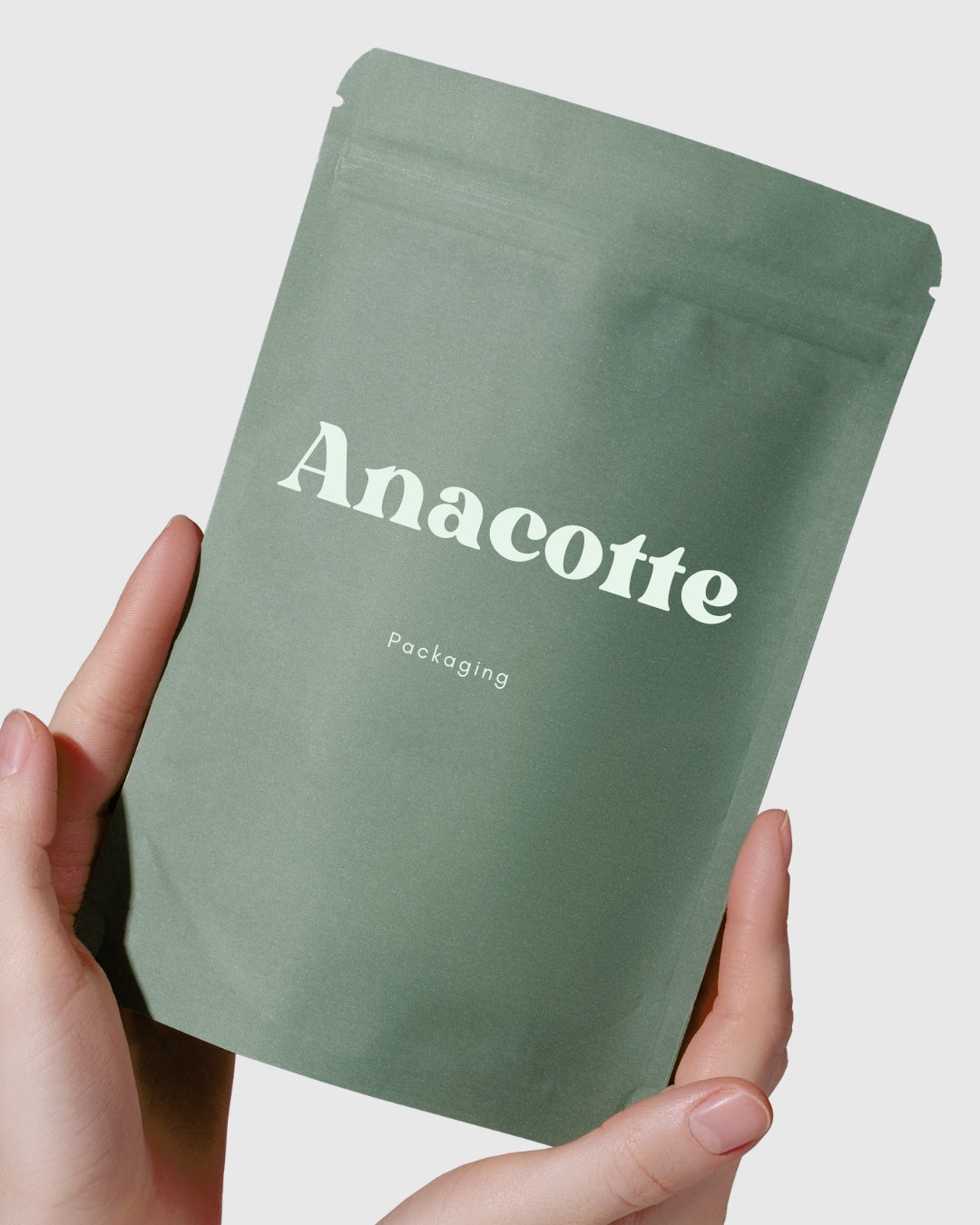Introduction
The packaging industry is a cornerstone of global commerce, ensuring products are safely stored, transported, and presented to consumers. Valued at $1.24 trillion in 2024, the global packaging market is projected to grow to $1.69 trillion by 2034, with a compound annual growth rate (CAGR) of 3.16% (Towards Packaging). This growth is fueled by rising consumer demand, technological innovations, and a global push for sustainability.
This report explores the current trends, challenges, and future demands shaping the packaging industry, drawing insights from recent research, including a 2023 GoodFirms survey (GoodFirms Survey). By understanding these dynamics, businesses can strategically navigate the evolving landscape in 2025 and beyond.
Current Trends in the Packaging Industry
1. Sustainability and Eco-Friendly Packaging
Sustainability is at the forefront of packaging innovation. Consumers increasingly prioritize environmentally responsible products, prompting companies to adopt biodegradable, recyclable, and reusable materials. The GoodFirms survey highlights that 76.8% of respondents value package designs that enhance product experiences, often tied to sustainable practices.
The European Union’s Packaging and Packaging Waste Regulation (PPWR), set to enforce stricter sustainability standards by 2025, mandates a 40% reuse rate for transport packaging by 2030 (IFCO Systems). Globally, the sustainable packaging market is expected to grow from $305.19 billion in 2025 to $552.45 billion by 2033, with a CAGR of 7.70% (Straits Research).
| Material Type | Growth Projection (2023-2028) | Key Driver |
|---|---|---|
| Flexible Plastics | 5.1% CAGR | Lightweight, cost-effective |
| Paperboard | 4.2% CAGR | Sustainable alternative to plastics |
Source: Smithers
2. Digitalization and Smart Packaging
Digital technologies are transforming packaging into an interactive tool. Smart packaging, incorporating QR codes, NFC tags, and sensors, enhances consumer engagement and supply chain transparency. For example, smart labels can monitor product freshness, while augmented reality (AR) offers immersive brand experiences.
The active and intelligent packaging market is projected to grow from $32.96 billion in 2025 to $78.36 billion by 2034, with a CAGR of 10.10% (StartUs Insights). This trend is particularly strong in food and pharmaceutical sectors, where safety and traceability are critical.
3. Flexible Packaging
Flexible packaging, such as pouches, bags, and wraps, is gaining traction due to its versatility, reduced material usage, and lower transportation costs. It’s the fastest-growing segment, with global sales expected to rise from $197.7 billion in 2023 to $253.2 billion in 2028 (Smithers).
Innovations like resealable pouches and stand-up bags cater to consumer demand for convenience and portability, particularly in food and beverage applications (EPackagingSW).
4. Automation and Industry 4.0
Automation is streamlining packaging processes, reducing labor costs and errors. AI-driven machines and robotics enable faster production and adaptability to diverse product types. By 2025, packaging lines are expected to become more autonomous, enhancing productivity (CDA France).
5. E-commerce-Driven Packaging
The rise of e-commerce, projected to account for 23% of global retail sales by 2027, is reshaping packaging needs. Protective, lightweight, and sustainable packaging is essential to ensure product safety during shipping (EPackagingSW).
Challenges Facing the Packaging Industry
1. Regulatory Compliance
Diverse global regulations create compliance challenges. The EU’s PPWR and U.S. Extended Producer Responsibility (EPR) programs, which hold producers accountable for packaging waste, add complexity (Packaging Dive). Companies must adapt to varying standards while maintaining operational efficiency.
2. Cost Management
Sustainable materials and advanced technologies often involve higher initial costs. Balancing these investments with profitability is challenging, especially amid raw material price fluctuations and supply chain disruptions (Bolt Boxes).
3. Supply Chain Disruptions
Labor shortages, transportation bottlenecks, and material scarcity impact production timelines. The AMERIPEN study notes that insufficient supply of post-consumer recycled (PCR) content remains a hurdle for meeting sustainability goals (Packaging World).
4. Technological Adaptation
Adopting digital and automated technologies requires significant investment and workforce training. Smaller firms may struggle to keep pace with industry leaders (Brightly Software).
5. Meeting Consumer Expectations
Consumers demand packaging that is sustainable, convenient, and visually appealing. The GoodFirms survey indicates that 71.8% of respondents have received damaged packaging, underscoring the need for durable designs (GoodFirms Survey).
Future Demands and Predictions
1. Circular Economy Emphasis
The shift towards a circular economy will prioritize reusable and recyclable packaging. Reusable packaging containers (RPCs) can be used over 100 times, aligning with PPWR goals (IFCO Systems). Companies will design products to minimize waste and maximize resource efficiency.
2. Material Science Advancements
Innovations in bio-based plastics, edible packaging, and nanotechnology will create sustainable and functional solutions. For instance, mushroom packaging and molded pulp are gaining traction for protective applications (Globe Newswire).
3. Personalization and Customization
E-commerce growth is driving demand for personalized packaging. Digital printing enables cost-effective customization, enhancing brand loyalty through unique unboxing experiences (Smithers).
4. AI and Data Analytics Integration
AI will optimize packaging designs, predict consumer trends, and improve supply chain efficiency. For example, AI can minimize material usage while ensuring product protection (Research Nester).
5. Emerging Market Expansion
Developing regions, particularly Asia-Pacific, will see increased demand for packaged goods due to urbanization and rising consumer spending. The Asia-Pacific sustainable packaging market is expected to grow at a CAGR of 8.30% (Straits Research).
| Region | Projected Growth (CAGR) | Key Driver |
|---|---|---|
| Asia-Pacific | 8.30% | Urbanization, consumer spending |
| North America | 3.7% | Innovation, e-commerce |
Source: Straits Research, Roots Analysis
Conclusion
The packaging industry is poised for significant transformation in 2025, driven by sustainability, digital innovation, and consumer demands. While challenges like regulatory compliance and cost management persist, opportunities in smart packaging, flexible materials, and emerging markets offer growth potential. Businesses that invest in eco-friendly practices, leverage technology, and adapt to global trends will thrive in this dynamic landscape.






Leave a comment
This site is protected by hCaptcha and the hCaptcha Privacy Policy and Terms of Service apply.